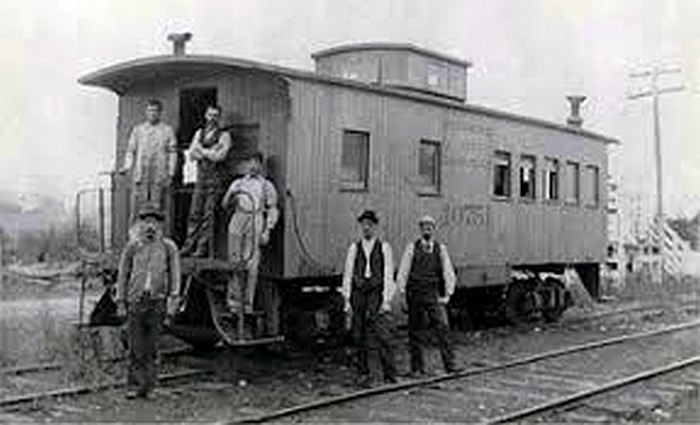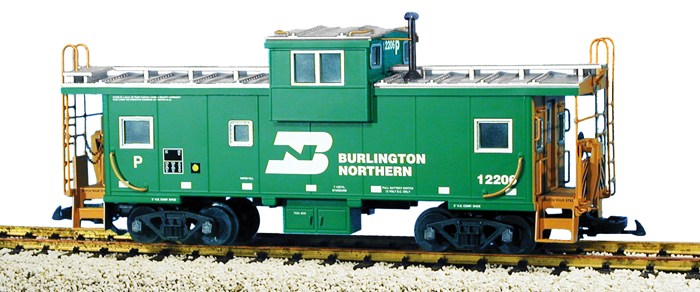
In the old days it was common for railroads to assign a caboose to a conductor for his exclusive use. Conductors took great pride in their cars, despite the caboose's many derogatory nicknames, including crummy, doghouse, bone-breaker, snake wagon and hearse.
The men decorated their car interiors with many homey touches, including curtains and family photos. Some of the most important additions were ingredients for cooking meals that became a part of American folklore. Augmented with such comforting features, the caboose served as a home away from the trainmen's home terminals.
Technology Overtook the Caboose. Cabooses were a uniquely American tradition. Overseas, their use had been rare or eliminated many years before. Even in the United States, technological change began eliminating the need for cabooses before the turn of the century.
The spread in the 1880s of the automatic air brake system invented by George Westinghouse, eliminated the need for brakemen to manually set brakes. The air brakes soon were followed by the use of electric track circuits to activate signals, providing protection for trains and eliminating the need for flagmen. Friction bearings were replaced by roller bearings, reducing overheated journals and making visual detection by smoke an unlikely event.

Trains became longer, making it difficult for the conductor to see the entire train from the caboose, and freight cars became so high that they blocked the view from the traditional cupola. The increasing heaviness and speed of the trains made on-board cooking hazardous and unnecessary. New labor agreements reduced the hours of service required for train crews and eliminated the need for cabooses as lodging. Cabooses, when used at all, were drawn from "pools" and no longer assigned to individual conductors.
Eventually, electronic "hotbox" and dragging equipment detectors, which would check moving trains more efficiently and reliably than men in cabooses, were installed along main lines, and computers eliminated the conductors' need to store and track paperwork in the car.